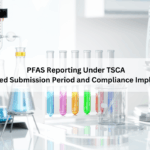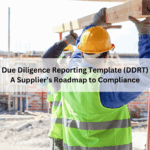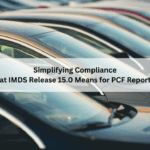Even simple mechanical engineering projects make use of VHDL design now. VHDL stands for VHSIC hardware description language, VHSIC being Very High Speed Integrated Circuitry. Basically, it’s a hardware design language used to describe electronic systems such as FPGAs (field-programmable gate arrays).
What does this have to do with RoHS WEEE legislation? Quite a lot as it happens, in so far as your bill of materials and obsolescence management goes. Due to the materials used in their construction, a large number of electronic components have been impacted by REACH and WEEE legislation; not least semiconductors – which are essential to VHDL design.
The WEEE directive targets several chemicals commonly used in areas like PCB design and firmware development. These are lead, mercury, cadmium, hexavalent chromium (Cr6+); PBB (Polybrominated biphenyls) and PBDE(Polyprominated diphenyl ether). These are being closely regulated, with a maximum allowable concentration of 1,000 PPM, or 0.1%, under the EU RoHS ruling.
Countries outside the EU, such as Canada and the US, do not have federal regulations banning these substances from electronics components yet. However, conscious of the need for environmental compliance – and the need to maintain trading relations with EU countries – they have started introducing restrictions, in particular the use of lead. For example, tin lead (SnPb) was, until recently, a common material in component finishes. However, since 2007, when the RoHS directive came into force, non-lead finishes have been introduced by many component manufacturers, especially those with an international profile.
Balancing complex system design work against RoHS directives can be a nightmare. We at Enventure Technologies can help you every step of the way, from obsolescence management to embedded firmware development.





